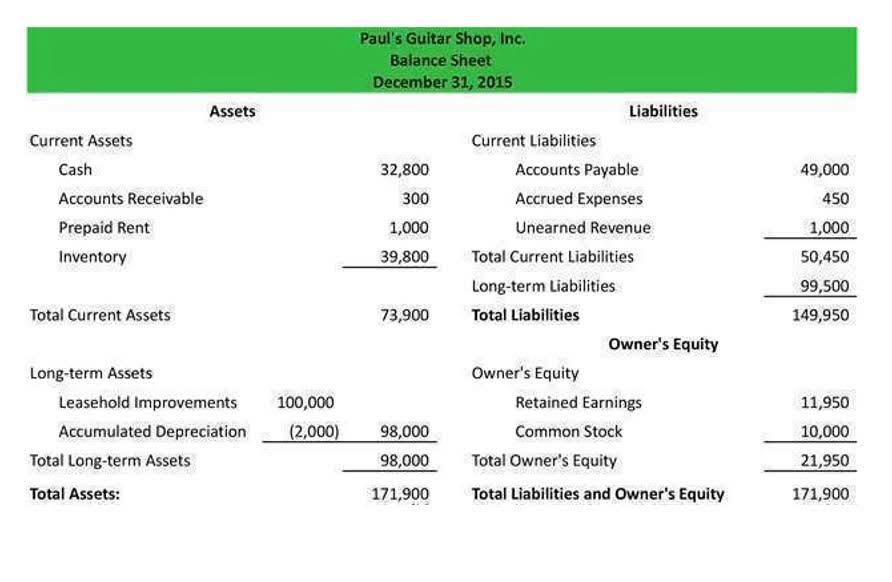
The Weighted Average Cost of Capital (WACC) incorporates the cost of debt as one of its components. WACC is a calculation used to determine the average rate of return required by a business to cover its financing costs. By including the cost of debt in the WACC calculation, businesses can assess the overall cost of their capital structure. The cost of debt is the effective interest rate a company pays on its debt.
- However, quantifying the cost of equity is far trickier than quantifying the cost of debt.
- Since interest payments are tax-deductible, the cost of debt needs to be multiplied by (1 – tax rate), which is referred to as the value of the tax shield.
- It also includes detailed explanations of how it arrives on its calculations.
- What are some examples of companies that use high or low financial leverage and how it impacts their profitability and risk.
- Hence, the after-tax cost of debt for Company XYZ’s bank loan is 6.375%.
- It helps determine how much it costs to finance operations through borrowing.
- Weighted average cost of debt is useful for comparing the cost of financing strategies, especially when working with blended loan products or bond issues.
Using Pre-Tax Cost of Debt in Capital Budgeting Decisions
Join 250,000+ small business owners who built business how to find cost of debt credit history with Nav Prime — without the big bank barriers.

Example of How to Use WACC
One of the most important decisions that a business owner or manager has to make is how to finance the bookkeeping operations and growth of the business. The choice of funding sources can have a significant impact on the profitability, risk, and value of the business. The optimal capital structure is the one that minimizes the cost of capital for the business while maximizing the value of the firm. They purchase stocks with the expectation of a return on their investment based on the level of risk.
WACC Part 2 – Cost of Debt and Preferred Stock
Refinancing high-interest debts presents an opportunity to reduce interest expenses. This involves replacing existing high-interest loans with a new loan featuring a lower interest rate. Doing so can decrease the overall cost of debt, potentially saving a substantial amount over the loan term. Short-term debt typically must be repaid within a year, while long-term debt has a longer repayment period.
The cost of equity is the return that the shareholders expect to earn on their investment in the business. The cost of debt https://www.bookstime.com/articles/accountant-for-self-employed is usually lower than the cost of equity, because debt is less risky and has tax advantages. However, too much debt can also increase the risk of bankruptcy and financial distress, which can reduce the value of the firm.
